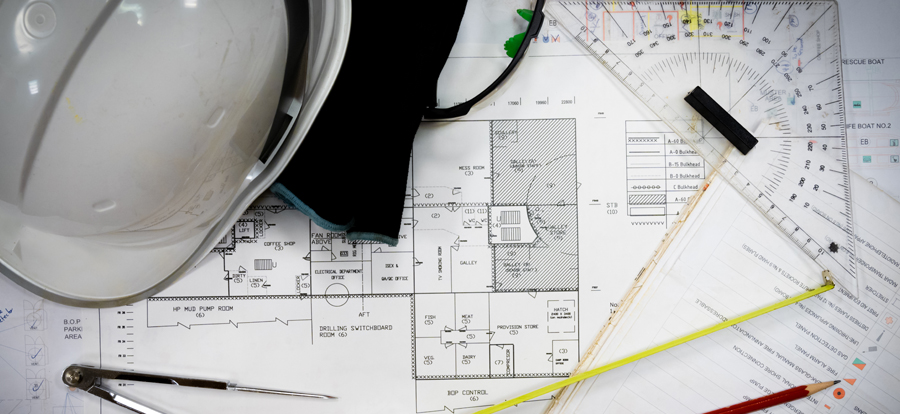How an integrated approach to project management leads to better bids for shipbuilding projects

In recent years, uncertainty in the global economy has led the new-build marine market to contract. There are fewer projects for shipyards to compete for, which means yards need to step up to show they can deliver complex, high-performing vessels on time and on budget. That’s easier said than done, though. Experienced shipbuilders know that accurate planning is the foundation of any successful shipbuilding project, but keeping the entire process aligned is no simple feat with so many systems and tools involved.
It’s become increasingly crucial for shipbuilders to maintain tight control over their projects. By connecting all the necessary processes and tools, they can have more insight into the yard and create better, more accurate bids in the future.
The systems involved in planning shipbuilding projects
There are a number of systems involved in shipbuilding projects, including:
- Enterprise planning tools (EPT)
- Enterprise resource planning (ERP)
- Product lifecycle management (PLM)
- Work breakdown structure (WBS)
While these systems may be loosely connected, they typically haven’t been connected through an intelligent interface that allows changes in one system to carry over to another. This can create several problems. A lack of connection amongst these systems can create inconsistencies in logistics, requirements and planning, causing delays. Even if shipbuilders take the time to check these disjointed systems against each other manually, they’re still using valuable time and creating delays.
These realities ultimately ask how risks can be efficiently mitigated in shipbuilding projects when project information must be extracted from multiple sources and pieced together?
The benefits of an integrated approach to shipbuilding project management
The simple answer is that there’s no efficient way to mitigate risks without an integrated approach to shipbuilding project management. Creating a centralized location for all project artifacts enables change management, keeping the many systems aligned based on new information or requirements. An integrated project management system also increases traceability and collaboration while removing inefficiencies.
Beyond the benefits of an integrated approach on a single project, it can set the yard up for future success. By compiling data and systems into a single source of truth, shipbuilders have access to historical data and trends that can help them better understand their business. This insight can help them submit more accurate bids because they know how the yard performs and realistic timeframes and budgets.
Uniting the parts of project management in shipbuilding projects
Planning is a crucial part of the shipbuilding process, so executing better planning with the help of historical data and systems working together in tandem can lead to more successful outcomes. In today’s uncertain and competitive climate, having an edge in project management leads to better bids that avoid delays and cost overruns, setting a shipyard apart. Download our free executive brief to learn more about adopting an integrated project planning and execution approach to shipbuilding projects.

